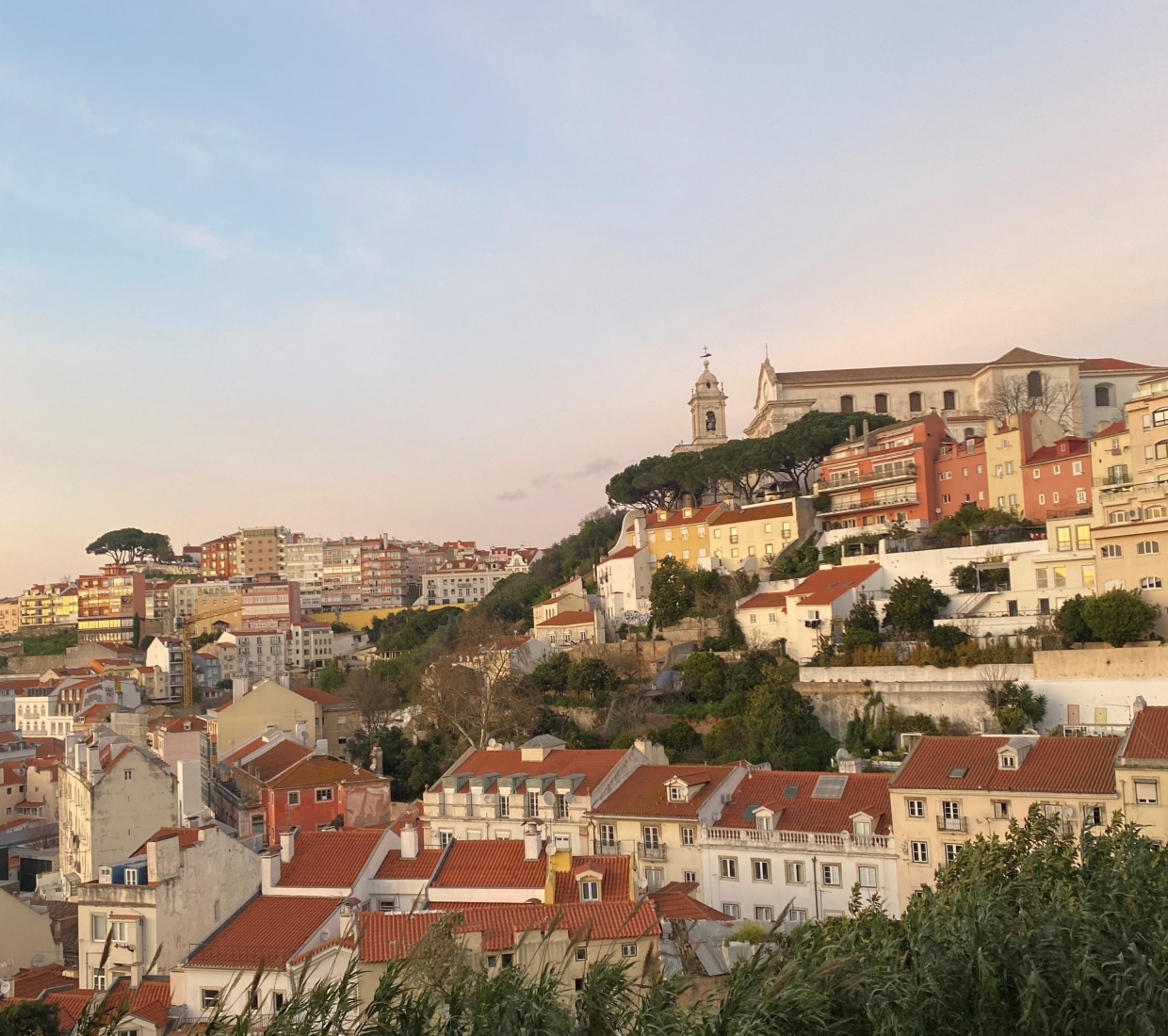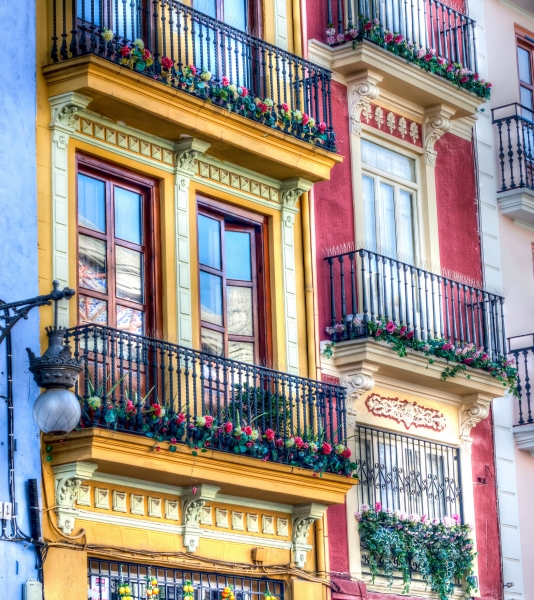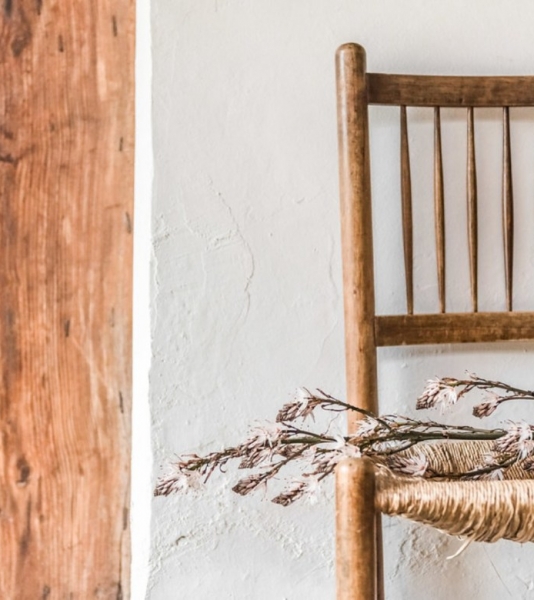Where to stay in Lisbon: the best hotels and holiday flats in Lisbon city?
In Lisbon city you can feel the “Fado” in each corner and little alley, where the melancholy, that they sing about, hides. Only by walking down its cobbled streets we can understand this feeling. Nevertheless the fate of this city worries us a bit. We see fewer and fewer women on their way to church, there are no more colourful clothes hanging from the balconies, and most of the traditional neighbourhood bakeries have closed. What we do see are more tourists eager to discover Lisbon’s soul, and as they pass through, they slowly take it away bit by bit.
On the other hand, if we look at the city as a whole the feeling changes. It opens up to the Tagus river with its 7 swaying hills, full of excitingly coloured buildings and under a sky of azure blue; there is brightness, curiosity and there is joy.
In its streets we see time juggling between an old-fashioned tasca, (a typical Portuguese restaurant) with worn off tiles, side by side with a hipster-style café. Here various cultures of former colonies intertwine with locals, young people of the most varied nationalities bring enthusiasm, creativity and new trends, and the alfacinhas (people from Lisbon) now walk more upright, more and more proud of their hometown. It is in these neighbourhoods that we have selected the best boutique hotels in Lisbon city, wonderful and small 5-star hotels, romantc B&Bs and stylish holiday flats in Lisbon city.
Further down:
- The best neighbourhoods to stay in Lisbon city
- Lisbon food culture and gastronomy in the city of Lisbon
Lisbon is now dressed up for a party, its façades are painted, and new charming accommodations have opened their doors. We propose you the most beautiful ones, as always in our carefully curated selection of the best hotels in Lisbon city, charming B&B, elegant small luxury hotels in Lisbon city and hip holiday flats.
You can choose to stay in a luxury hotel in one of the trendy districts of Lisbon, such as the Chiado or Lapa. And if you are looking for more authenticity how about a small boutique hotel in Graça or the Bairro Alto? Or if you want to blend in as a local we would recommend one of our stylish self-catering apartments in Lisbon. Whatever type of lodging you are looking for we would be glad to help you find the perfect getaway in Portugal's picturesque capital.
You will furthermore find:
The best neighbourhoods to stay in Lisbon city
To get to know Lisbon well, you have to start climbing up its hills to see it from above. The Castle of São Jorge, although very touristy, is the ideal spot for a view over the city that stretches along the banks of the Tagus River. The Santa Catarina viewpoint is another possibility, and for those who don't shy away from cemeteries, the Cemitério dos Prazeres is also a peculiar and beautiful viewpoint that also provides an eagle's eye view.
To really get to know a place you need to get to know its scents and flavours. One of the best places to do that are the markets. The Mercado da Ribeira market has turned very fashionable, but in our opinion, has lost most of its authenticity. We believe the markets of Arroios or Ajuda to be better options.
The city is divided into neighbourhoods, each with its own peculiarity:
Chiado or Baixa Pombalina: this is the pulsating heart of Lisbon. Full of shops, people from one side to the other and a lot of noise. Today, many of the streets in this area are pedestrianised and connect with several monumental squares, such as Rossio, Praça do Comércio and Praça do Municipio. It should be visited, but at a rather brisk pace. We have discovered a handpicked selection of charming B&Bs in this neighbourhood of Lisbon, as well as really nice holiday flats and some of the best luxury hotels.
Graça is a diversified neighbourhood where rich palaces cohabit with more modest buildings. It is located next to the emblematic São Jorge Castle, known for the magnificent view it offers to its visitors. The neighbourhood is also home to two well-known viewpoints, Graça and Senhora do Monte. Many of the people who used to live here have been driven out by rising rents and temporary rental accommodation has sprung up in their place, which has taken away a little of its endearing character.
Alfama: it is not only Lisbon's oldest and most typical neighbourhood, but also the second oldest in Europe. A sort of village in the middle of the capital, it has a quaint and traditional feel, with a relatively small and close-knit community. In Alfama life goes on as it has for centuries. The neighbourhood is known for its small restaurants and fado houses, and in June the streets are the site of the famous Santos Populares festivities. Stay in one of our beautiful small boutique or luxury hotels in the Alfama of Lisbon or opt for a charming guest house in Lisbon in the cobble stone streets of this historic part of the Portuguese capital.
Bairro da Lapa and Estrela: in this traditional neighbourhood you can feel the grandeur of old Lisbon. Formerly a favourite spot to live for the nobility and the upper classes, it is still a very a pretty residential area inviting to you to walk around on foot. This elegant neighbourhood also has some of the best small boutique hotels you can find in Lisbon.
Bairro Alto: after the sun sets it becomes a paradise night life lovers. As most of the bars are relatively small, people end up spreading out into the narrow streets with drinks in their hands, creating a very special atmosphere, as if it were a street festival. Here you can stay in one of our unique bed & breakfasts in Lisbon or one of the trendy luxury hotels.
This neighbourhood is part of the district of Misericordia and is characterised by its narrow cobbled streets, old houses and traditional commerce. In 2010 it was classified as a Site of Public Interest. But please keep in mind that during the high season this area is flooded with tourists.
Mouraria: this neighbourhood is also known as the birthplace of Fado and is attractive for its multiculturalism and at the same time for its traditional character. There are restaurants and shops from various countries, as well as several Fado houses and typical taverns. The Largo do Intendente, which has one of the most beautiful tiled façades in the city, and the Colégio dos Meninos Órfãos, on Rua da Mouraria, with its tiled staircase, are well worth a visit.
Cais do Sodré: Situated by the river and once a disreputable and somewhat forgotten area, it has now become a must for Lisbon's nightlife, especially since the opening of Musicbox and Pensão Amor. The famous pink street has a very diverse crowd, which is spread out between bars and nightclubs, drinks in hand all night long. It is also a nice place to stroll along the river during the day. On the west side of the square is the dome of the famous Mercado da Ribeira, run by Time Out Lisboa magazine, with stalls of the country's best known chef’s and traditional gastronomy. In this trendy area you can get a feel of the authentic side of Lisbon staying in one of our stylish self-catering holiday apartments.
Príncipe Real: Lisbon's trendy and gay neighbourhood, the hip par excellence where new restaurants and alternative shops are concentrated. Being a predominantly residential neighbourhood, it is relatively quiet and characterised by palaces, museums, antique shops and green spaces. The Principe Real Garden is ideal for relaxing and the beautiful viewpoint of São Pedro de Alcântara invites you to take in the flair of Lisbon. Down the hill towards the West, you will come across the São Bento district, one of our favourite shopping areas, where you will find small shops with everything and something more, and restaurants to suit all tastes.
Bica and Santa Catarina: small but hipster neighbourhoods, very similar to Alfama. Visit the Miradouro de Santa Catarina (Adamastor) next to the famous Elevador da Bica funicular lift.
Santos is increasingly becoming Lisbon's design district. On top of Largo de Santos you will find the narrow streets of the typical Madragoa neighbourhood, which, like Alfama, used to be home to the “varinas” and the fishersmen’s community. This neighbourhood is known today for its typical taverns, petiscos (the Portuguese version of tapas) and houses with tile-covered facades. As it is next to the French Embassy, it has also been “contaminated” by some gourmet type brunch spot, very well known to all sorts of Instagram aficionados. The Museu de Arte Antiga and the Museum “Fundação Oriente” are a must-see. Next to Santos-o-Velho you will find Alcântara, which has several old warehouses converted into restaurants, especially in the Docas de Santo Amaro (the marina under the 25th of April bridge). Quite touristy nowadays but not to be missed is the Lx Factory complex, one of Lisbon's trendiest spots.
Belem: Flat and facing the river, it has beautiful gardens where you can rest or read a book in front of the marvellous Mosteiro dos Jerónimos. The Belem Tower, the planetarium and the Monuments of the Discoverers are also just a few steps away.
Lisbon city food culture and gastronomy
As visitors will discover, Lisbon is a fantastic place to eat. Filled with small restaurants and pastry shops, as well as other elegant eateries, it is a great place to enjoy a lovely meal.
When it comes to traditional food, almost all courses are based on meat or fish, accompanied by side dishes. In Portugal soups are very popular as a starter or a simple appetizer, and Lisbon does not make an exception: The Caldo Verde, a creamy potato soup with finely sliced black cabbage and choriço, could be considered the Portuguese national dish.
And then there is salted cod, of course, another typical food that is prepared in dozens of different ways. There are actually 365 different recipes: like Bacalhau à Bras - with scrambled egg and thinly sliced potatoes - or Bacalhau com Natas - cod with cream. The Caldeirada de Bacalhau - cod with vegetables, potatoes and broth - the Pataniscas de Bacalhau - fried fritters of this fish... and so on.
Another popular dish is cozido à Portuguesa - a typical Portuguese stew – served with cabbage, beans and rice. This versatile cereal is used for the preparation of various types of fish and seafood dishes. In fact, you shouldn´t miss the arroz con marisco (rice with seafood) or arroz de polvo (rice with octopus) both of which are delicious. Sardines are also very common, usually cooked on the grill: you can smell it all around the city during the first two weeks of June, when the “Santos Populares” celebrations take place, and thousands of people gather in the typical neighbourhoods of Lisbon.
As for desserts, Lisbon's confectionery is surprisingly good. The traditional sweets, including the famous pastel de nata - a puff pastry with cream - are all delicious. Arroz doce - similar to the Spanish rice pudding - is also famous.
Our collections
Don’t know where to go? Let our collections inspire you.
Lodgings in Lisbon
- Montebelo Lisbon Downtown Apartments
- Sublime Lisboa
- Raw Culture Art & Lofts Bairro Alto
- LX Boutique Hotel
- Pestana Palace Hotel & National Monument *****
- Architectural Apartment in Baixa
- As Janelas Verdes
- Santiago de Alfama – Boutique Hotel
- Bairro Alto 3 Bedrooms Apartment
- Torel Palace
- Verride Palácio Santa Catarina
- Dare Lisbon House
- Casa C'Alma
- Dona Graça Apartments
- Palacete Chafariz del Rei
- Dear Lisbon - Bordalo House
- Dear Lisbon Charming House
- Palácio do Visconde - The Coffee Experience
- Almaria-Da Corte Apartments
- Master Historical 3 Bedrooms Apartment in Chiado
- Hermitage Castelo - Casa Saint Jorge
- Casa Balthazar
- Romance Apartment Graca
- Memmo Alfama
- Architectural Gem in Bica
- Baixa House
- Almaria Edifício Officina Real
- Baixa Deco 3 Bedrooms Apartment
- Alma Lusa Boutique Hotel
- Sapateiros 2 Rooms
- Patio do Tijolo
- 1908 Lisboa Hotel
- The Apartment Estrela 3 Rooms
- The Bica 2 Rooms Apartment
- Hotel Bairro Alto
- Solar do Castelo
- Casa das Janelas com Vista
- Master Deco Apartment in Graca
- toctoctoc lisboa
- Hermitage Castelo - Casa Chafariz
- Panoramic Baixa Apartment
- Hotel York House Lisbon
- Palácio Ramalhete
- Dear Lisbon - Gallery House
- Dear Lisbon Palace












